Bowls that tell stories. 2nd episode
•Posted on May 27 2021

Completely amazed, I had pushed open the doors of the kolkhozes which produced this tableware in series. The porcelain there was robust, the colors splendid and very Soviet. The reds blazed - vermilion, scarlet, carmine or brick, each bowl was different. This range of reds then brightened into oranges, from nasturtium to tangerine, in an infinitely joyful contrast with the range of blues.
Each kolkhoz signed its production with a symbol stamped under the bowl. You could sometimes see the year of manufacture. To date, I have identified bowls marked up to the mid-1990s.
I was surprised to discover a very similar tableware, originating from the Soviet Baltic republics. By a simple variation of decoration - the apple or the cherry taking the place of the cotton flower, the bowl became a local culture. The USSR imposed its taste. This would explain why these coins are no longer in production today, they would represent the hated invader a little too much. On Russian sites, you can still find these beautiful ultramarine blue tea sets. But are they still made? Mystery and gumdrop.

In their own way, Uzbek bowls tell the story of Russia and Uzbekistan. An epic in the industrialization of porcelain at the end of the 19th century. When the great English, French and Russian manufacturers turned to the new markets represented by their "colonies", by developing specific patterns on their traditional shapes.
To cultivate these legends in my turn, by blurring the genealogy, I drew “Uzbek” models for the porcelain pieces of the Hungry collection. Each plate and each salad bowl bears the name of cities (Iskandar, Zarafshan or Uschquduk) which I am, alas, far from having visited all.




